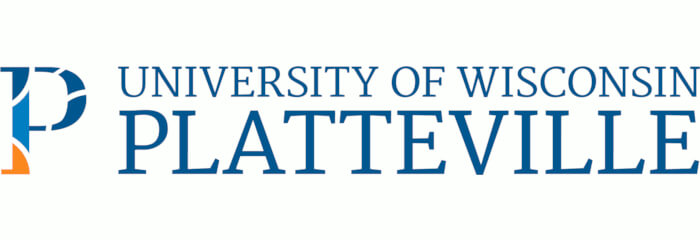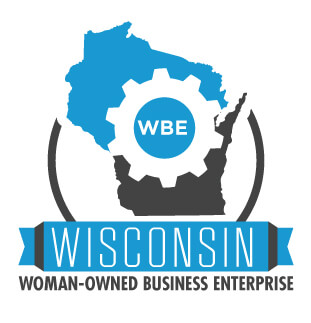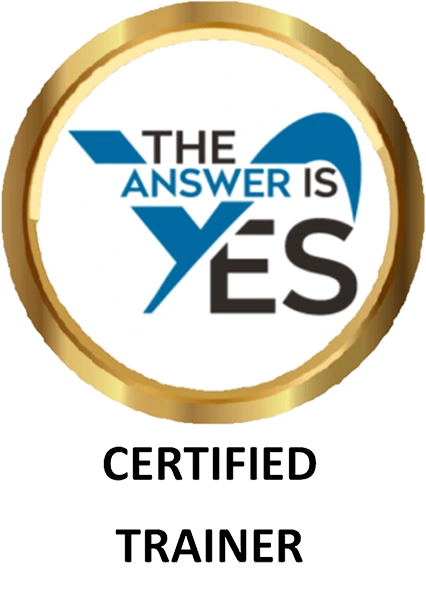Once we have established the goals and learning objectives for the training program., the next step is to identify the training methods necessary to accomplish each learning objective.
I accomplish this by asking the SMEs a second series of questions:
Question #1: “Are some of the participants likely to know anything about the content covered in each learning objective?”
Very often, the answer is “Yes,”in which case I explain that using lecture would be inappropriate: to tell participants what they already know is not only a poor use of training time, but is also inherently disrespectful to the participants.
At this point, the SMEs are usually understandably concerned that the participants may not know the content completely or accurately. Not only are many SMEs used to lecture, they are also used to being the expert in the room. They may need some convincing that other methods can ensure complete and accurate learning.
I generally ask them about now how they learn best. Lecture is typically not the training method of choice for most, if not all of the SMEs. This discussion helps them realize that the best way to dignify their learners and set them up for success is to use a variety of methods that can best meet their needs.
This is also a good time to discuss any concerns they have had when they have lectured in the past, such as not knowing if the participants really grasp the concepts because the participants don’t interact with them. I reassure them that any other method will enable them to get feedback from the participants. It helps to give them a list of different training methods appropriate for different learning levels, so they have some idea of these options.
I may need to define some of the methods. For example, when working with engineers, a case study may mean a very detailed description of how a real situation was handled. This is different from the case study we design to check for comprehension, providing sufficient information for the participants to answer specific content-related questions. Once this difference is clarified, they have no trouble making the necessary modifications so that their case study becomes an interactive exercise rather than a description.
Now, I can introduce the three key factors to consider in selecting a training method:
1. the desired learning level,
2. the specific time available, and
3. the need for a variety of methods to satisfy different learning styles.
Because they are the subject matter experts with the technical expertise, I then have to ask them, for each learning objective:
Question #2: “What would be the best way for the participants to learn and to demonstrate their learning?”
Once the SMEs have grasped the concept of using a variety of training methods, this part of the design process goes very quickly. We are not actually creating the materials, just identifying what training method to use.
The SMEs also need to answer: Question #3: “How long should [each method] take?”Again, they know best how long it might take to do a hands on activity or a field visit or some other very technical learning activity. With regard to training methods less reliant on technical eccentricities, such as questionnaires or case studies, I can assist them with general rules of thumb for the time it takes small groups to work and then report out their conclusions.
Question #4: “Are there any reference materials or audiovisuals currently available that would be useful to incorporate into the training?””If so, what are they and how would we get access to them?”
We have now identified the training methods, time frames, reference documents and audiovisuals for each learning objective, which completes the lesson plan design phase.





